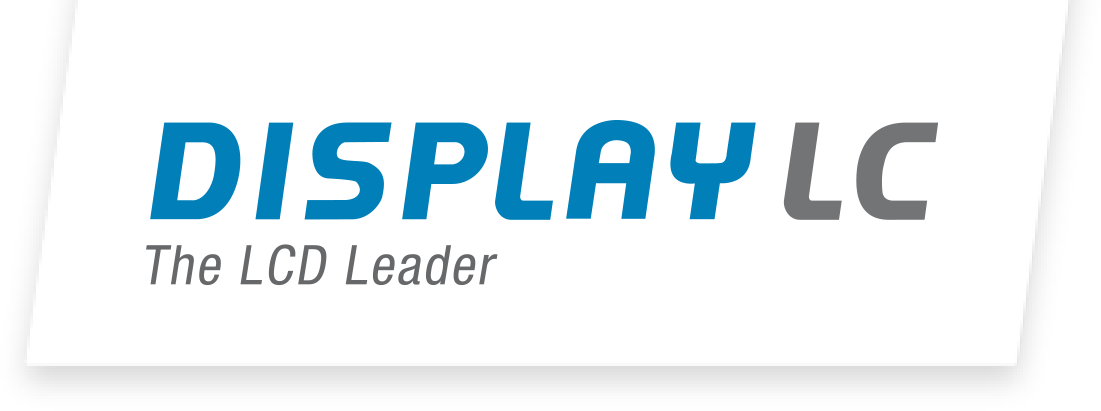
Organic printing vs. ceramic printing
The pros and cons
14.12.2023 // D. Casadei
LCD displays are found in many areas of everyday life, from smartphones and tablets to televisions and monitors. An important component of an LCD display is the cover lens, which protects an LCD from damage and improves colour reproduction. In recent years, two printing processes have become established for printing LCD cover lenses: organic printing and ceramic printing. In this blog post, these two printing methods will be described in detail and compared. The limitations of each printing process in terms of material, size and application area will also be considered.
Organic Printing
Organic printing is a process in which the inks are based on organic compounds. These inks are applied to the surface of the cover lens using a printer. They can thus be used for glass and plastic cover lenses.
Advantages:
- Inexpensive: Organic inks are generally less expensive than ceramic inks.
- Good colour reproduction: Organic inks offer good colour reproduction.
- Flexibility: Organic printing is suitable for a wide range of materials and display sizes. Colour transitions and fine patterns are also possible.
Disadvantages:
- Shorter shelf life: Organic inks are less resistant to external factors such as UV light, heat and moisture.
- Low scratch resistance: Organic printing inks are not scratch-resistant, as the printed ink layer is very susceptible to mechanical force.
Ceramic printing
Ceramic printing is a process in which the printing inks are based on mineral compounds. These compounds can then be fired in a kiln into a cover glass that is also mineral. During this process, the upper layer of the cover glass fuses with the printing ink. Therefore, ceramic printing inks can only be used in conjunction with a glass cover lens. Ceramic printing inks and the printing process are generally more expensive than using organic printing inks. In return, however, ceramic printing inks offer a long shelf life even under UV light, moisture and major temperature fluctuations, as well as greater scratch resistance. Ceramic printing inks can therefore also be used in outdoor or automotive applications.
Advantages of ceramic printing:
- Long life: Ceramic inks have a long life and are UV resistant.
- Long durability: Ceramic inks are highly resistant to external influences such as heat and moisture.
- High scratch resistance: Ceramic inks are very scratch resistant.
Disadvantages of ceramic printing:
- Higher price: ceramic inks are usually more expensive than organic inks.
- Less flexibility: Ceramic printing is suitable for a smaller variety of materials and sizes due to the printing process.
Conclusion
A visual comparison shows that there is only a slight difference between the printing processes. The organic print is slightly shinier and the colour appears somewhat richer depending on the layer thickness. Ceramic printing looks rather matte and adapts to the surface structure of the cover glass to a certain extent. Thus, the chosen printing process can also be understood as a design aspect.
Let's compare all points again here in a clear table:
Printing Type Advantages Disadvantages Application Organic printing - price
- good color reproduction
- flexible in application
- less durability
- less scratch resistant
- indoor applications
- products with unusual design
ceramic printing - long durability
- high temperature range
- high scratch resistance
- long lifetime
- price
- less flexible in application
- high-end products
- outdoor or automotive products
The choice of the right printing process depends on the particular requirements of a cover lens. Organic printing is a good choice for applications where cost is an important factor. Ceramic printing is a good choice for applications where long durability, high scratch resistance or outdoor use is required.
The cost of printing LCD cover lenses depends on several factors, including the size of the cover lens, the printing process, the ink used, and the type of printing.
As your partner, we will be happy to advise you to make the right decision for your project.
We look forward to hearing from you!

